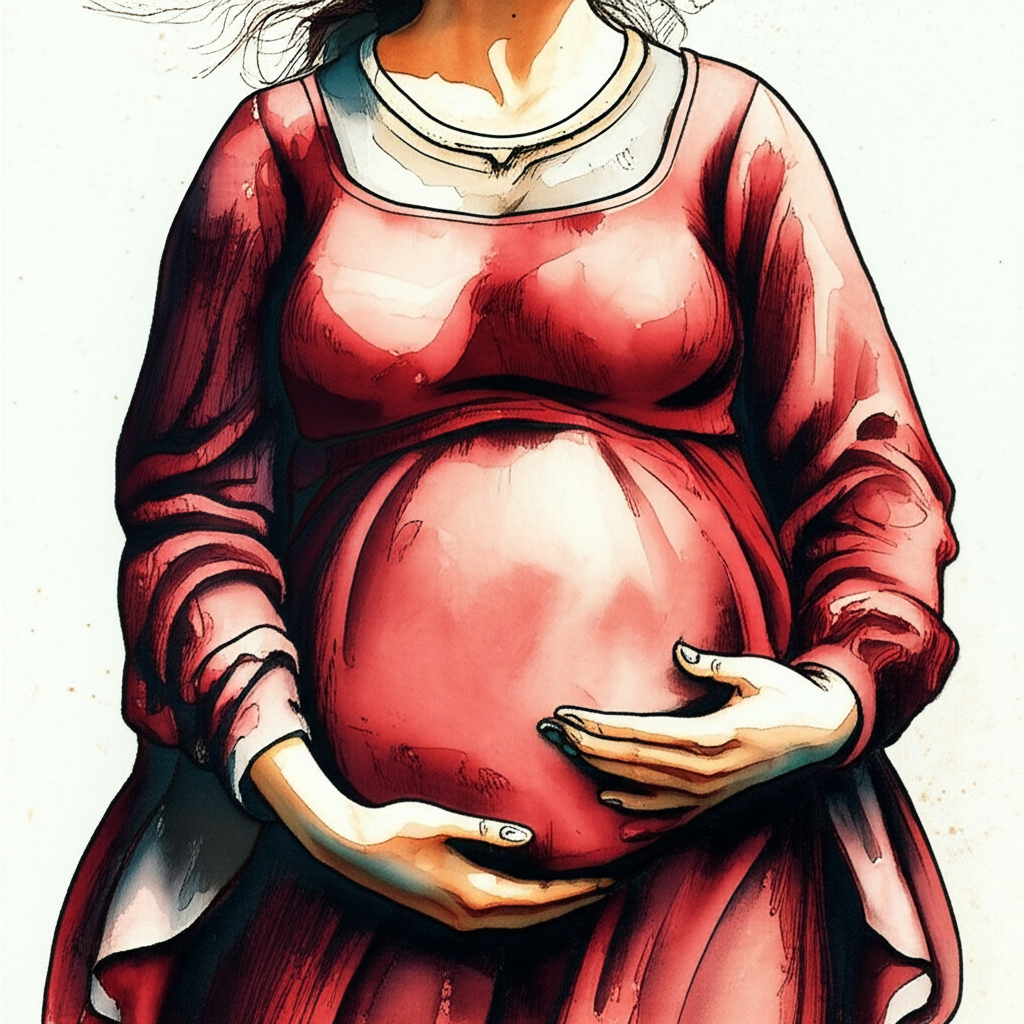
The superstition that it is unlucky to deny a pregnant woman her cravings stems from a historical belief that doing so could result in the child being born with physical markings or birthmarks. While often humorously regarded today as a matter of self-preservation due to a pregnant woman’s heightened emotions, its origins lie in much older and deeply rooted cultural and religious beliefs.
The earliest known documentation of this superstition can be traced back to the 1507 translation of the medieval manuscript, The Distaff Gospels. In this text, two wise women cautioned against discussing unavailable foods in the presence of a pregnant woman, fearing it would lead to the child being ‘marked.’ This sentiment was echoed by Lady Abonde du Four, who claimed that throwing certain substances, such as cherries, strawberries, or red wine, at a pregnant woman could similarly result in birthmarks on the child.
This superstition is intrinsically linked to the medieval belief in ‘Maternal Impression.’ This concept held that the experiences and emotions of the mother during pregnancy had a direct and visible impact on the child after birth. In other words, what the mother saw, felt, or craved could manifest physically on the baby. Different cultures interpreted this idea in various ways. Some American folklore associated birthmarks with past life injuries, while Iranian mythology attributed them to a mother touching a part of her body during a solar eclipse, transferring the eclipse’s influence to the unborn child.
The specific belief that unsatisfied cravings were responsible for birthmarks became particularly widespread, and this is reflected in the naming of birthmarks in several languages. In Italian, birthmarks are called voglie, in Spanish, they are known as antojos, and in Arabic, wiham. All these terms can be roughly translated as ‘wishes’ or ‘cravings’, emphasizing the idea that birthmarks symbolized the unfulfilled desires of the mother during her pregnancy.
In modern interpretations, this superstition is often viewed with a lighthearted and humorous perspective. While the scientific understanding of birthmarks attributes them to genetic factors and other biological processes, the superstition persists as a cultural anecdote. The idea of satisfying a pregnant woman’s cravings has become more of a symbolic gesture of support and care during a significant life stage, rather than a fear-driven avoidance of causing physical markings on the child. Nevertheless, the historical and cultural significance of the superstition remains, highlighting the deep-seated beliefs about the connection between a mother’s experiences and the well-being of her unborn child.